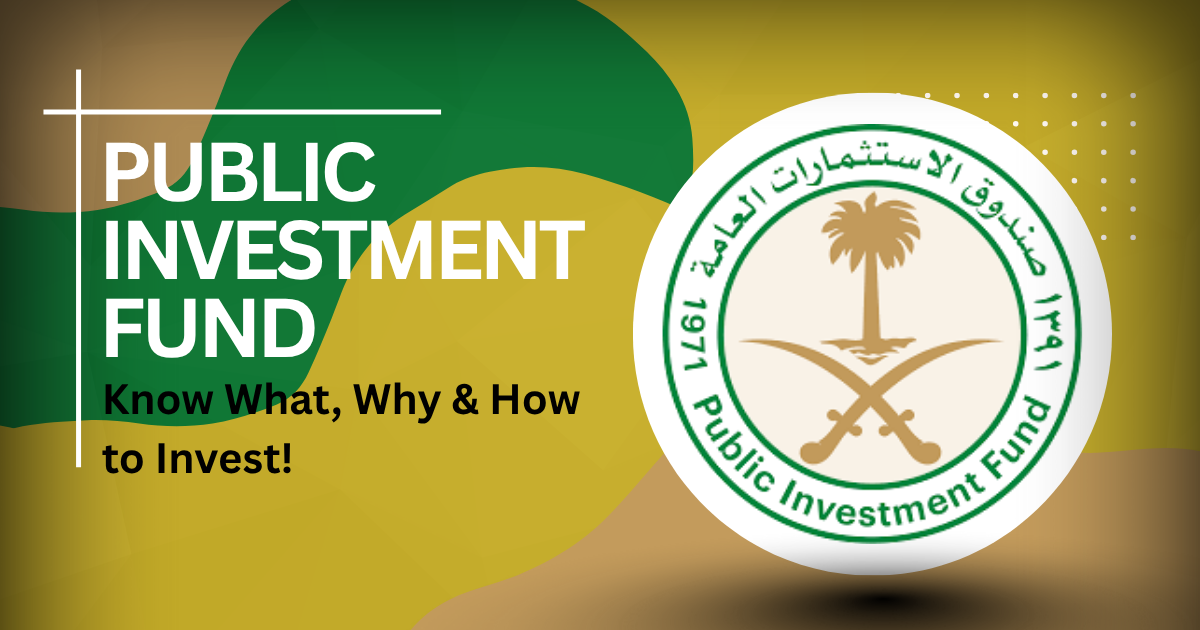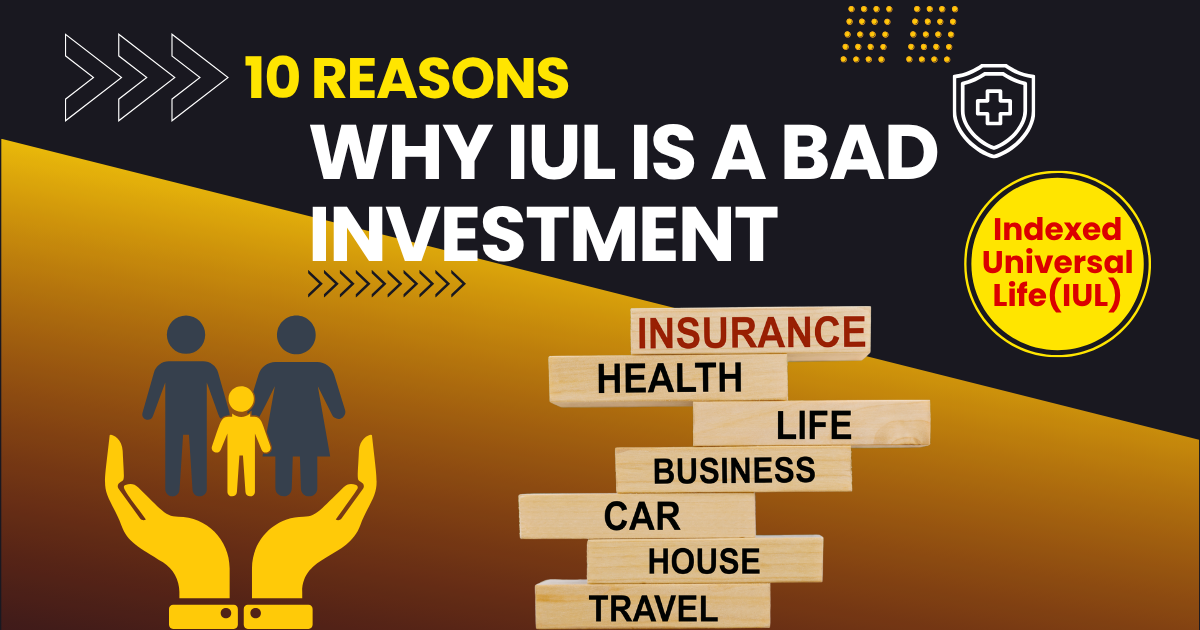Many years ago, gold was very expensive. People believe in it because it keeps their money safe during times of economic trouble, inflation, or changes in the value of the dollar.
Gold is a good investment that can help you make money and keep it safe, no matter how much experience you have or how new you are to the idea of investing. The question is, how can you deal with gold in a world that changes so quickly?
Here are some different ways to put your money into gold. We’ll cover both standard options, like buying physical gold, and modern options, like gold ETFs or digital gold. We’ll also tell you the pros and cons of each, so you can pick the one that works best for you.
1. Why Invest in Gold?
People have always thought of gold as a safe place to keep their money when the economy is unstable. But what makes learning how to invest in gold a good idea? Let’s break it down:
- Savings a Long-Time: Gold has a long history of keeping its value over the years, even when other investments are having a hard time.
- A way to protect yourself from price increases: Gold’s value tends to stay the same or go up when the value of other currencies goes down.
- Invest in different areas: Spread your investments in different areas to reduce the general risk of your investments.
- Valuable around the world: Gold is one of the most valuable things you can hold because it is easy to sell or buy around the world.
After learning why gold is a popular investment, let’s talk about how to invest in gold and the different ways you can use it in your plan.
2. How to Invest in Gold the Safe Way
2.1. Physical Gold: Coins, Chains, and Jewelry
People often think about coins, bars, and jewellery when they think of ways to make deals in gold. This is the oldest way to make Money in gold, and it gives you a real way to show your wealth.
Pros:
- Real Asset: Gold can be held in your hands, and some people see this as a form of protection.
- No Middlemen: To buy or sell real gold, you don’t need a bank or dealer.
- Safety for your mind: Many buyers feel safe and secure when they hold physical gold.
Cons:
- Storage and Safety: Real gold needs to be kept safely, which could mean buying a safe or vault, which will raise the price.
- Extra Costs: Buying coins or bars may come with an extra fee, and selling them may come with extra fees as well.
- Lack of liquidity: It might take some time and cost more to sell real gold.
2.2. Gold Exchange-Traded Funds (ETFs)
ETFs, or Exchange-Traded Funds, are investment funds that move on stock markets, just like stocks. A gold exchange-traded fund (ETF) is meant to follow the price of gold. This means that the ETF’s value changes based on the price of gold on the market. You don’t actually buy gold when you buy shares in the ETF, which is backed by gold stocks.
What is an ETF for beginners?
For new investors, an ETF is like putting money into gold without having to buy gold bars or coins. When you buy shares in a fund that holds gold, you’re not really receiving gold. This lets you bet on how the price of gold changes without having to deal with the problems of storing or moving the gold itself.
Pros:
- Liquidity: Gold ETFs are simple or easy to buy and sell.
- No Storage Issues: There are no storage problems because you don’t own the gold, so you don’t have to worry about where to keep it.
- Cost-Effective: Lower fees and costs compared to investing in real gold.
Cons:
- Management Fees: Yearly management charges are common for ETFs.
- Market Risk: The ETF’s value can change depending on how the market is doing, and there is always a chance that it will be risky.
Gold mutual funds put their money into businesses that mine, process, or deal with gold. This way doesn’t involve investing in gold itself, but in businesses that deal with gold.
2.3. Gold Mutual Funds
Gold mutual funds put their money into businesses that mine, process, or deal with gold. Not buying in gold itself, but in companies that deal with gold is what this method is all about.
Pros:
- Professional Management: Exploring stocks are selected for you by professionals who are in control of your investment.
- Invest in different areas: Gold mutual funds usually invest their money into a number of different companies. This lowers the risk compared to putting all of their money into one company.
- Returns with a lot of chances: When the price of gold goes up, mining companies usually make money and their stock prices go up.
Cons:
- Gold Mutual Funds: You could lose money if the mining companies don’t do good. This is called market risk.
- Management Fees: Investment companies charge taxes to take care of your money.
2.4. Sovereign Gold Bonds (SGBs)
Sovereign Gold Bonds are guaranteed by the government and depend on to the price of gold. They give people a way to invest in gold without having to buy gold itself.
Pros:
- Government-Support: There isn’t much risk because the government supports them.
- Profit: You get profit on the bonds you hold every year, and the price could go up based on gold.
- Tax benefits: Sometimes, SGBs offer tax benefits, like not having to pay capital gains taxes if they are kept until retirement.
Cons:
- Lock-in Time: The lock-in term for these bonds is usually long, between 5 and 8 years. This makes them a harder sell than other gold resources.
- No Gold in Real Life: When you hold an SGB, you don’t actually own any gold.
2.5. Digital Gold
Digital gold is a younger way to buy in gold on the internet. It lets you buy and store gold digitally, which is great for people who don’t want to deal with the problems of storing gold physically.
Pros:
- Simple: Digital platforms make it simple to buy and sell gold online.
- No worries about storage: your gold is kept online, so you don’t have to worry about actual storage.
- Liquidity: Digital gold is easy to buy, sell, or exchange quickly on many sites.
Cons:
- Platform Risk: The website where your gold is stored could have problems running or even shut down.
- Fees for Transactions: A lot of digital gold sites charge fees to buy, sell, or send gold.
3. Common Mistakes to Avoid When Investing in Gold
It’s important to avoid making common mistakes that may damage your results when you’re learning How to Invest in Gold. Check out these regular mistakes:
3.1. Spread Your Money for Better Safety
Gold is a good protection for everyone, but you shouldn’t depend on it alone. Spread your money around by investing in many different things, such as stocks, bonds, and real estate.
3.2. Check Multiple Sellers Before Buying Gold
When buying physical gold, it’s important to check prices from different sellers to avoid paying too much.
3.3. Check the Costs Before You Invest
Always look at the management fees and transaction costs when you’re investing in ETFs, mutual funds, or digital gold.
3.4. Avoid Guessing Gold Prices
It can be dangerous to try to guess when the price of gold will close. To be accurate, you should look at long-term trends and think about dollar-cost average.
3.5. Keep Your Physical Gold Safe
If you’re purchasing physical gold, it’s important to keep it safely. Theft or loss is possible if you don’t do this.
4. Pros and Cons of Gold Investment Methods
Finding the best way how to invest in gold depends on your investment approach, risk tolerance, and financial goals. The pros and cons of each method are listed below:
- Physical Gold: This is great for people who want to hold real gold, but it can be hard to keep safe and store.
- Gold ETFs: You can easily sell gold ETFs and don’t have to worry about storing them, but there may be fees.
- Gold Mutual Funds: Investors in gold mutual funds can spread their risk by buying mining stocks.
- Sovereign Gold Bonds: Sovereign Gold Bonds are a safe, government-backed investment that earns extra interest but has a time during which it can’t be changed.
- Digital Gold: Digital Gold is safe and easy to use, but it depends on how reliable the site is.
5. Step-by-Step Guide: How to Invest in Gold
Step 1: Choose Your Investment Method
Choose the way that fits your financial goals as the first step in learning how to invest in gold. Picking the right investment is very important, no matter if you want real gold or your choice of digital gold or ETFs.
Step 2: Open an Investment Account (If Needed)
You’ll need to open an account with an investor or digital site if you want to buy ETFs, digital gold, or gold mutual funds. Pick a company with a good name, low prices, and good customer service.
Step 3: Buy Gold
Once your account is set up, you can place your order. When you buy gold in real life, make sure to buy from a trusted dealer. If you want to buy digital gold or ETFs, you should use your bank account.
Step 4: Keep your gold safely
Make sure that any real gold is stored secure in a vault or a safe. The site you use will store your ETFs or digital gold for you if you decide to invest in them.
Step 5: Regularly check gold prices
Watch the gold market to see how the prices change. If you want to learn when to buy or sell, this will help you.
Step 6: Spread out your investments
You should know how to invest in gold to keep your money safe, but you shouldn’t put all of your money into gold. Multiply your investments to lower your risk and raise your rewards.
6. Frequently Asked Questions
6.1. What is the best way to put money into gold?
Investing in gold in the best way will depend on your goals. Gold ETFs and digital gold are good for getting cash quickly and easily, but real gold is a better way to protect your money.
6.2. Is gold a good way to protect yourself from rising prices?
A lot of people think that gold is a great way to protect themselves from rising prices because its value continues to stay the same or go up when prices goes up.
6.3. Can I buy gold on the web?
Yes, it is easy to buy gold online with digital gold and ETFs. You can also buy real gold from online stores where you can trust.
6.4. How do I sell my gold investments?
You can buy and sell real gold through sellers or sale houses. You can sell ETFs and digital gold on the same sites where you buy gold.
6.5. Should I buy gold now or wait?
It depends on the condition of the market, your income, and your financial goals. Regularly checking the price of gold can help you make a better choice.
Conclusion:
Putting your money into gold can be a great way to protect your wealth and spread out your investments. To quickly review the main points, here they are:
- How to invest in gold depends on your risk and financial goals. You can buy gold in the form of coins, stocks, mutual funds, digital gold, or national gold bonds.
- Gold that you hold in your hands is safe, but it needs to be stored properly.
- ETFs and digital gold are easy to use but there may be management fees and platform risk.
- Gold mutual funds and sovereign gold bonds are two different ways to invest in gold. They also come with additional benefits, such as income or tax breaks.


